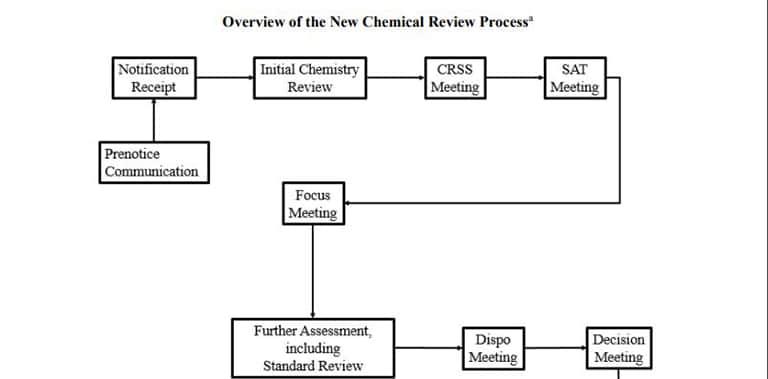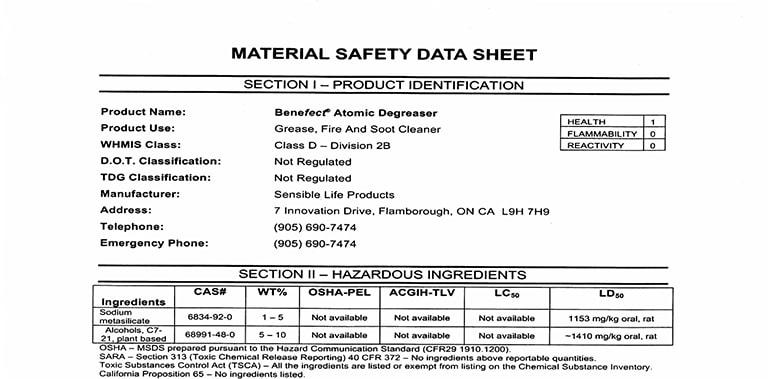Temporary Worker Initiative (TWI) Requirement Updates – Are Your Records and PPE Requirements Compliant?
OSHA has published numerous bulletins under the Temporary Worker Initiative (TWI). The bulletins are meant to address specific regulatory challenges associated with employment of temporary workers, such as injury and illness recordkeeping requirements and PPE requirements.
New and Revised Fact Sheets for Respirable Crystalline Silica Standard
[HS1] OSHA has issued new and revised Fact Sheets meant to help employers comply with the requirements of the respirable crystalline silica standard.
Reporting Now Required in State Plan States for Workplace Injuries
OSHA has corrected an error contained within the 2016 Improve Tracking of Workplace Injuries and Illnesses regulation. The correction indicates that facilities that meet the applicability requirements for reporting and are located in State Plan states must report even if that state has not yet adopted the rule. The first reporting deadline for covered facilities was July 1, 2018.
Beryllium Exposure Rule Now Being Enforced
OSHA began enforcement of the final rule on occupational exposure to beryllium in general, construction and shipyard industries on May 11, 2018. Enforcement was previously set to begin on March 12, 2018.
Environmental Protection Agency (EPA) Updates
Mercury Reporting Now Required for Manufacturers & Importers
EPA has published a final rule that requires reporting by persons who manufacture (including import) mercury or mercury-added products, or otherwise intentionally use mercury in a manufacturing process. The rule supports future, triennial publications of the mercury inventory.
New Emissions Standards, Applicability Determination Criteria & Other EPA Updates Announced
EPA has posted numerous updates to the Applicability Determination Index (ADI) including applicability determinations, alternative monitoring decisions, and regulatory interpretations that EPA has made with regard to the New Source Performance Standards (NSPS), the National Emission Standards for Hazardous Air Pollutants (NESHAP), the Emission Guidelines and Federal Plan Requirements for existing sources, and/or the Stratospheric Ozone Protection Program.
13 Nonylphenol Ethoxylates (NPEs) added to Toxic Release Inventory (TRI) Reporting Requirements
EPA has finalized a rule that adds a category of 13 specific nonylphenol ethoxylates (NPEs) to the list of EPCRA Section 313 Toxic Release Inventory (TRI) reporting chemicals. The final rule is effective for the 2019 TRI reporting year with the first forms due July 1, 2020.
New Emissions Factors for Natural Gas Industrial Flares
EPA has reviewed and updated existing emission factors for flares at natural gas production sites, published in Section 13.5 of AP-42, Compilation of Air Pollutant Emission Factors. As part of the update, EPA developed six new total hydrocarbon emission factors for enclosed ground flares, clarified the heating value basis for the emission factors, and clarified that emission factors represent the emissions at the exit of a flare.
Cross-Walk Comparison Tool Released for EPCRA Tier II Reporting
EPA recognizes that some facilities may not have received updated SDSs with the new GHS physical and health hazards by the March 1, 2018 EPCRA Tier II reporting deadline, so has developed a cross-walk for reporting these hazards to assist facilities with correlating the old and new hazard classifications.
“Active” Substance Classifications Updated with Newest Toxic Substances Control Act (TSCA) Release
The April 2018 update to the public version of the Toxic Substances Control Act (TSCA) Chemical Substance Inventory has been published by EPA. This update includes a field designating which chemical substances have been reported as “active” up to February 7, 2018. EPA has also published an additional list of substances reported as active through submission of the Notice of Activity Form A from February 8 through March 30, 2018.
These two updates will assist processors in determining which of the substances they process have not yet been reported as “active” so that they may file voluntary submissions of a Notice of Activity Form A by October 5, 2018.
National Fire Protection Association (NFPA) Updates
NFPA Releases 70E Standard Video Series
NFPA has posted a video series that highlights key changes in the 2018 version of NFPA 70E, Standard for Electrical Safety in the Workplace.
NFPA CodeFinder™
NFPA has launched the new online CodeFinder™ tool. NFPA states that the tool helps identify the codes and reference standards in effect in the U.S. and around the world. Select any location within the map to view active codes or search for a specific code or standard within the filter panel.





